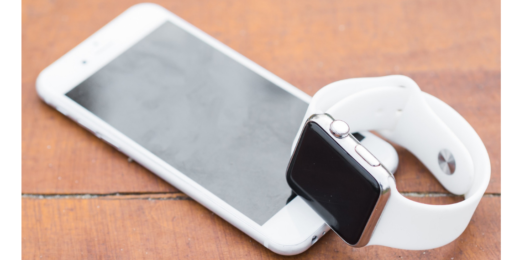As the number of individuals with Type 2 diabetes in the United States continues to climb, researchers at Stanford Medicine are investigating the connection between a condition known as prediabetes -- an early indicator of diabetes that involves higher-than-normal blood sugar levels -- and immune and microbiome health.
"Exactly how a person's biology shifts under prediabetic and diabetic conditions is still unclear," said Michael Snyder, PhD, professor and chair of genetics.
A new study now provides a glimpse into the immune and microbial states of individuals who are healthy or prediabetic, looking at how their health changes during a viral infection.
For nearly four years, Snyder and a team of scientists have closely tracked a variety of factors in a group of 106 people -- including both healthy individuals as well as those who exhibit signs of prediabetes through "insulin resistance." (Insulin is a hormone that helps the body remove sugar from the bloodstream so it can use it for energy. If someone is insulin resistant, that signal gets muted, and blood sugar levels increase.)
The researchers followed the participants' insulin levels, levels of immune molecules, microbial populations and more.
"We followed the biology of these individuals over time to see if and how they change, especially if they caught a cold. In that vein, this study also focused on understanding how folks with prediabetes fight off a viral infection relative to healthy people," said Snyder. "That's never really been explored before."
Their findings published online in Nature. Snyder and George Weinstock, PhD, director of microbial genetics at the Jackson Laboratory for Genomic Medicine, share senior authorship of the study. Stanford research scientist Wenyu Zhou, PhD; postdoctoral scholar M. Reza Sailani, PhD; scientific director of the Stanford Metabolic Health Center Kévin Contrepois, PhD; and Jackson Laboratory research scientist Yanjiao Zhou, MD, PhD, share first authorship of the study.
Overall, the researchers found that the participants -- whether or not they had prediabetes -- were very different from one another on a molecular and microbial level. For instance, the amalgam of molecular proteins and metabolites (molecules involved in metabolism) from one participant could create a signature of sorts that differentiates them from everyone else and remains relatively stable. The same could be said for the microbes that dwell in and on each participant's body.
When the participants were healthy, the differences between the group that was healthy and those with prediabetes were notable. However it wouldn't be possible to identify someone with prediabetes based on their "signatures," Snyder said. And for most individuals, those signatures remained pretty even keel over time.
That is, unless they got a viral infection.
"The healthy folks went through what we saw as a pretty normal immune response," said Snyder. "But the insulin-resistant folks -- not so much. Their immune systems seemed to be somewhat deficient in launching a proper immune response to infection."
Specifically, he said, levels of immune molecules known as cytokines, which aid in immune cell signaling, seemed to be too low. It may help explain why diabetics tend to get more infections than healthy people, Snyder added.
The group also noticed changes to the microbiome, or the collection of microbes that reside in and the human body when participants got the sniffles.
In comparing the microbes of healthy and prediabetic participants, Snyder saw several differences in bacterial composition. For example, one particular type of bacteria, Blautia, plays a role in glucose misregulation, and was seen in higher proportions in insulin-resistant participants.
The study also answers a call for a different, more basic need, said Zhou.
"Doctors and researchers are increasingly in search of individualized healthy baselines, rather than a baseline that comes from a generalized population," he said. "Personal healthy references are more accurate and relevant for detecting disease-based deviations early in an individual, and this study is an example of the kind of long-term monitoring that could facilitate that."
Overall, said Snyder, the study provides the most detailed molecular analysis to follow a group of individuals over such an extensive period of time, providing insights into healthy people and those at risk for Type 2 diabetes. "We think this study will help us understand how Type 2 diabetes forms in different people and how they are impaired in important biological responses."
Photo by Kelly Sikkema






